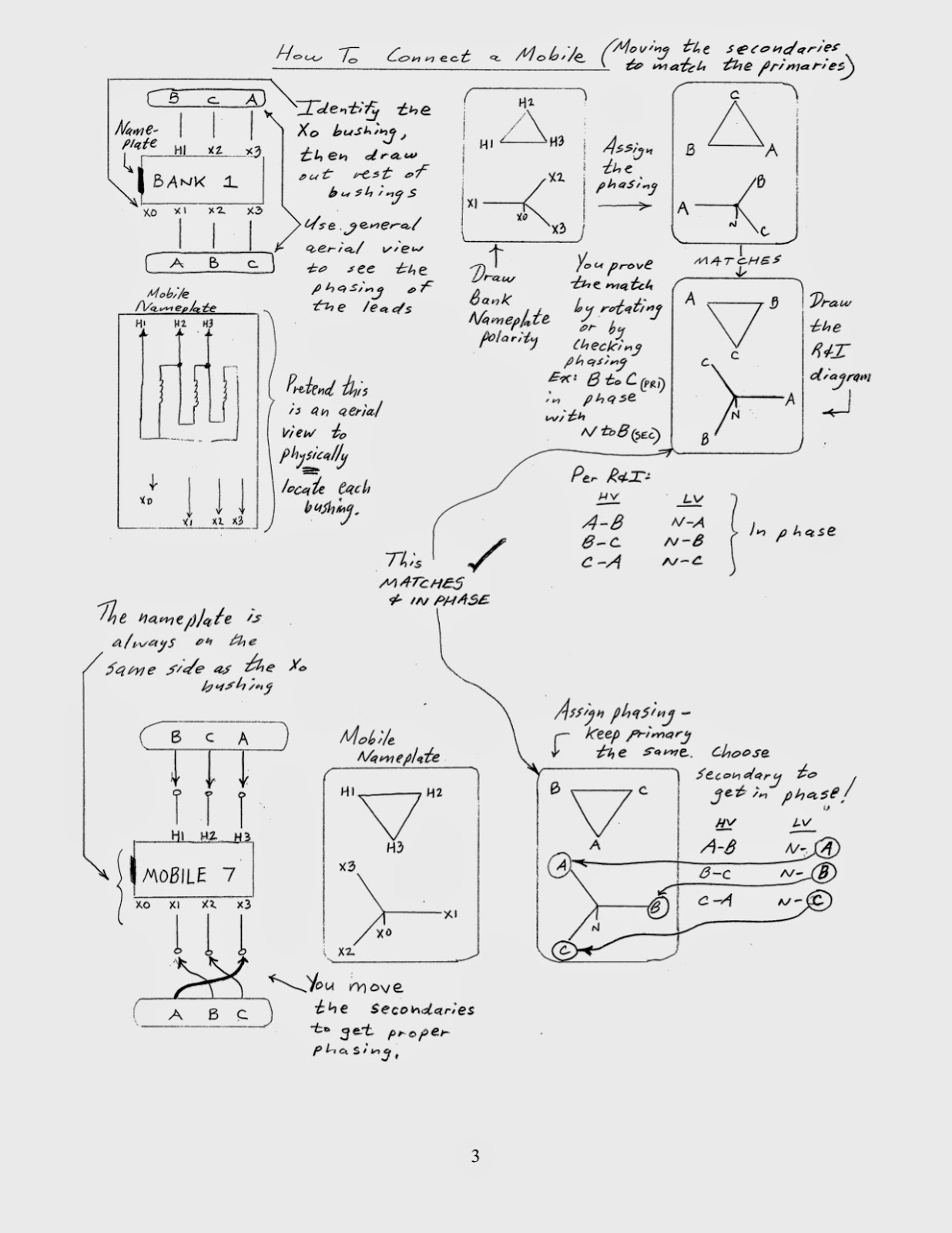An arc flash, also called a flashover, is a rapid discharge of electrical energy across an insulating medium. As the integrity of the medium begins to fail, a conductive plasma can form and reach a temperature of 36,000 degrees Fahrenheit, roughly the temperature of a particular surface layer of the sun. This plasma is the fourth state of matter, ionized gas, and produces extreme heat and light, that are backed by the electrical energy of the system. The propagation of heat from this plasma, in the form of plasma spray and infrared radiation, is what can cause substantial equipment damage and injury. The available energy to feed this spectacle varies according to system fault duty, construction of electrical apparatus and fault clearing time. Incident energy is what is received by the worker and it depends on the arc energy, the propagation directionality of the heat energy and the distance between the arc and the worker. To protect the worker from the threat of arc flash, workers in the field are required to wear flame-resistant (FR) clothing, in compliance with OSHA regulations 1910.269. The development of this type of clothing can be accredited to the work of Alice Stoll.
In the late 1950's and early 60's, the United States Navy performed research on the effects of heat energy transfer to the human body's surface as part of its aerospace program. Sailors would line up to volunteer to subject themselves to first degree burns in exchange for weekend passes at the Naval Air Development Center in Warminster, PA, near the Naval Air Station Joint Reserve Base Willow Grove. Headed by research physiologist Alice Stoll, this elaborate testing program lead to construction of a mathematical model, which related heat energy transfer to the body's surface as a function of three factors: exposure time, level of heat and increase in temperature. The term "second degree" burn was coined from these experiments as it was the point in burn severity, in which the epidermis would separate from the dermis. This separation is what caused blisters to form. Second degree was also the point at which human tissue could no longer dissipate heat by itself and was found to happen at an exposure to an incident energy level of 1.2 calories per centimeter squared, a level of heat energy that can be experienced if you were to hold the surface of your hand at the tip of a cigarette lighter flame for one second. The mathematical model for human tissue was soon made relevant to other kinds of surfaces such as protective fabrics. For the first time, any kind of fabric could be graded numerically on its effectiveness to withstand combustion. Stoll clearly demonstrated that fabric constructed of inherently flame-resistant fibers was far superior to flame-retardant treated fabric.
 Today, regulation of FR clothing is a major portion of companies' electrical safety programs, mandated to have per NFPA 70E-2012, Standard for Electrical Safety in the Workplace. FR protects the worker in that it will withstand combustion up to its rated heat energy value, will extinguish itself when the energy source is removed and will not melt. These characteristics comply with OSHA's stipulation that clothing should not add to a worker's injury. FR clothing will have the "FR" logo stitched onto it and is composed of natural fibers such as cotton. Use of clothing that contain synthetic fibers, such as nylon and polyester, is forbidden as these fabrics have shown to continue to burn after the removal of incident energy.
Today, regulation of FR clothing is a major portion of companies' electrical safety programs, mandated to have per NFPA 70E-2012, Standard for Electrical Safety in the Workplace. FR protects the worker in that it will withstand combustion up to its rated heat energy value, will extinguish itself when the energy source is removed and will not melt. These characteristics comply with OSHA's stipulation that clothing should not add to a worker's injury. FR clothing will have the "FR" logo stitched onto it and is composed of natural fibers such as cotton. Use of clothing that contain synthetic fibers, such as nylon and polyester, is forbidden as these fabrics have shown to continue to burn after the removal of incident energy.In the picture shown, a 100% cotton garment from Carhartt has a rated heat energy value of 8.8, also called an Arc Thermal Protective Value (ATPV). This number means that the garment will withstand combustion when exposed up to and including 8.8 calories/centimeter squared of heat energy. This doesn't mean that the garment will shield all the heat energy from underlying surfaces. There is a 50% chance that the worker could receive a first or second degree burn. Although this particular garment is cotton, only fibers that have been tested in the laboratory can be assigned an ATPV rating, as thickness, type of weave and color can play a role in flame resistant qualities. The ATPV level required for use in certain applications is specified in a company's electrical safety program. Met-Ed uses Hudson Workwear and Tyndale for its FR clothing. An excellent blog on latest developments in arc flash safety is Electrical Arc Safety.
Article by Dan Scrobe III


